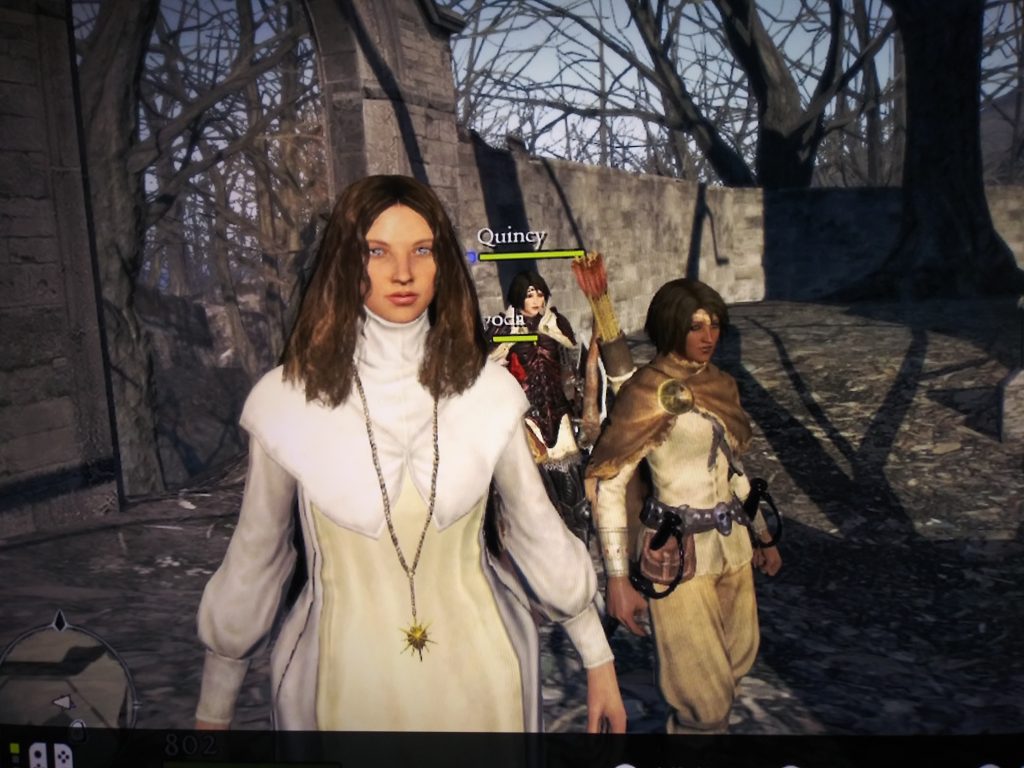He’s not an Envy person, that’s for sure. Darcy would drive him crazy if he were. And he’s quite content to take advice from Darcy, sometimes without engaging his own feelings or thoughts.
He’s the most easygoing person on the planet. As Mr. Bennet says to Jane, “You are each of you so complying, that nothing will ever be resolved on; so easy, that every servant will cheat you; and so generous, that you will always exceed your income.”
So, who is this pleasant, placid man? Head Type or Body?
He really isn’t a thinker in the mold of a Five or Six. Seven, possibly. He has no consciousness of money, obviously, so he’s no One. Not an Eight! Oh, that’s funny. I’d like to see some version of Bingley who tells Darcy to stuff it, but that wouldn’t be Austen.
His ability to avoid conflict leads me toward Nine. His willingness to party leads me toward Seven. Heh.
His modesty is of no help whatsoever. In some ways it keeps him from having a defining personality trait. He doesn’t break forward with a fault or a strength. He’s just the nice lad who goes where he’s told.
Nine. Although a Seven can blow with the wind, they also seek new experiences. Bingley has no appetite for grand adventure. A quiet life and amiable friends are enough to satisfy.

